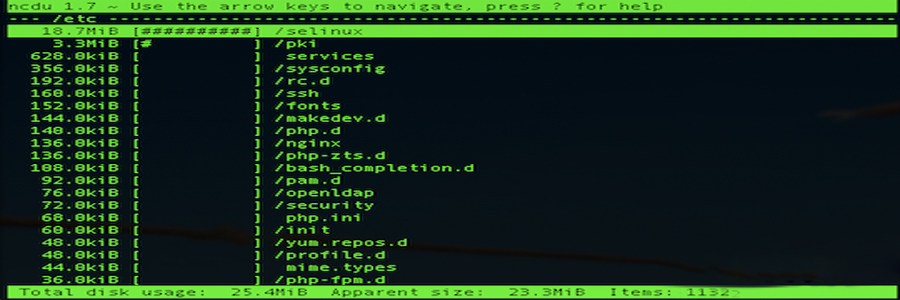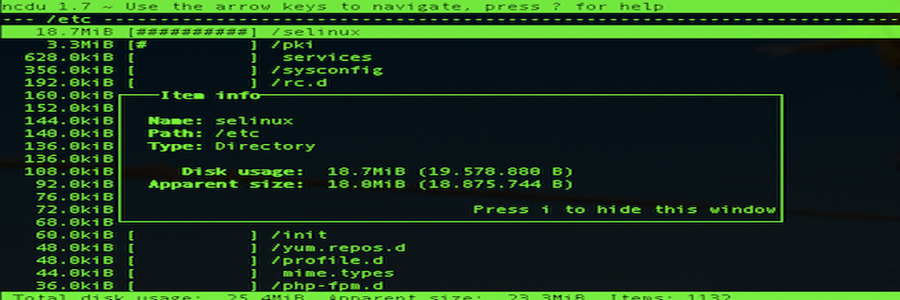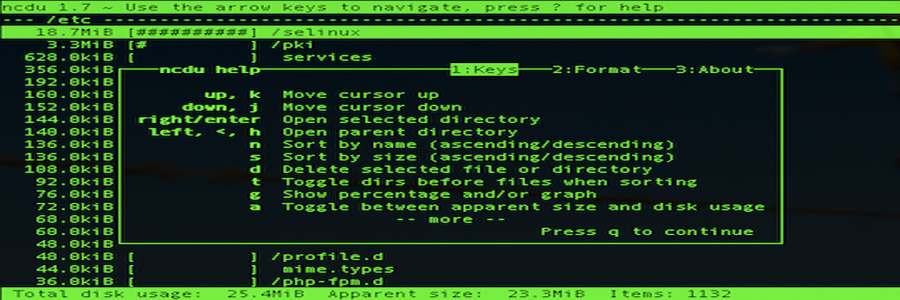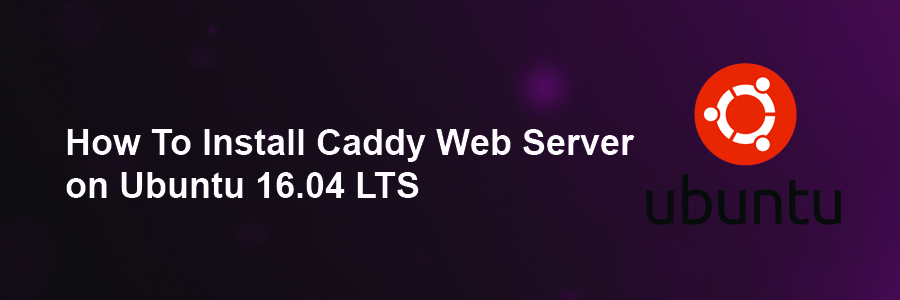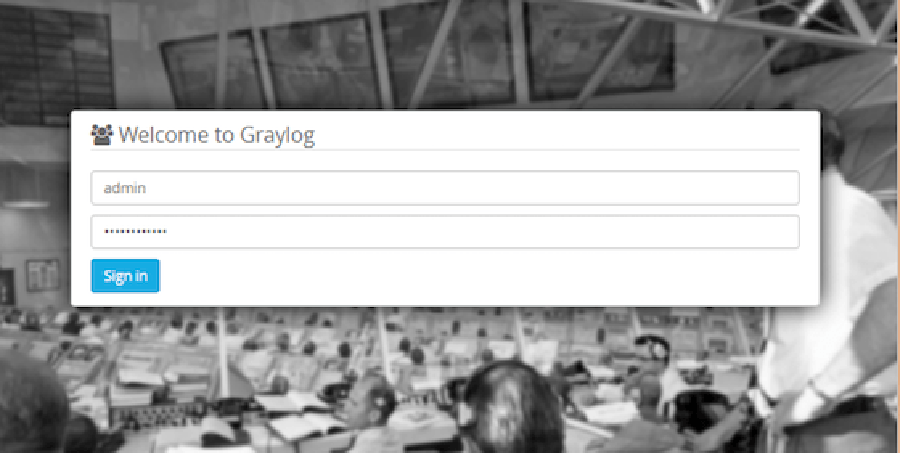Monica is a Personal Relationship Management (PRM) system Composed in Laravel framework. It’s designed and built to Assist You have more Meaningful relationships with your family and friends, and keep tabs on All important details about your friends and family.
This article assumes you have at least basic knowledge of Linux, know how to use the shell, and most importantly, you host your site on your own VPS. The installation is quite simple and assumes you are running in the root account, if not you may need to add ‘sudo’ to the commands to get root privileges. I will show you through the step by step installation Monica on an Ubuntu 16.04 Xenial Xerus server.
Install Monica on Ubuntu 16.04 LTS
Step 1. First make sure that all your system packages are up-to-date by running these following apt-get commands in the terminal.
sudo apt-get update
sudo apt-get upgrade
Step 2. Install LAMP (Linux, Apache, MariaDB, PHP) server.
A Ubuntu 16.04 LAMP server is required. If you do not have LAMP installed, you can follow our guide here. Also install all required PHP modules:
apt-get install php7.0-mysql php7.0-curl php7.0-json php7.0-cgi php7.0 libapache2-mod-php7.0 php7.0-mcrypt php7.0-xmlrpc php7.0-gd
Step 3. Configuring MariaDB for Monica.
By default, MariaDB is not hardened. You can secure MariaDB using the mysql_secure_installation script. you should read and below each steps carefully which will set root password, remove anonymous users, disallow remote root login, and remove the test database and access to secure MariaDB:
mysql_secure_installation
Configure it like this:
- Set root password? [Y/n] y
- Remove anonymous users? [Y/n] y
- Disallow root login remotely? [Y/n] y
- Remove test database and access to it? [Y/n] y
- Reload privilege tables now? [Y/n] y
Next we will need to log in to the MariaDB console and create a database for the Monica. Run the following command:
mysql -u root -p
This will prompt you for a password, so enter your MariaDB root password and hit Enter. Once you are logged in to your database server you need to create a database for Monica installation:
CREATE DATABASE monica;
GRANT ALL PRIVILEGES ON monica.* TO 'monicauser'@'localhost' IDENTIFIED BY 'YOURPASSWORD';
FLUSH PRIVILEGES;
\q
Step 4. Installing Monica.
First, Clone the Monica git repository:
mkdir /var/www/html/monica
git clone https://github.com/monicahq/monica.git /var/www/html/monica/
We will need to change some folders permissions:
chown -R www-data:www-data /var/www/html/monica
Installing nodejs:
curl -sL https://deb.nodesource.com/setup_6.x | sudo -E bash -
apt-get install -y nodejs
Installing composer:
php -r "copy('https://getcomposer.org/installer', 'composer-setup.php');"
php -r "if (hash_file('SHA384', 'composer-setup.php') === '669656bab3166a7aff8a7506b8cb2d1c292f042046c5a994c43155c0be6190fa0355160742ab2e1c88d40d5be660b410') { echo 'Installer verified'; } else { echo 'Installer corrupt'; unlink('composer-setup.php'); } echo PHP_EOL;"
php composer-setup.php
php -r "unlink('composer-setup.php');"
Once all dependencies installed, run composer in the directory the repository has been cloned, to install Monica’s:
cd /var/www/html/monica
composer install
Create .env file using the example provided and update it with your information:
cp .env.example .env
DB_CONNECTION=mysql
DB_HOST=127.0.0.1
DB_PORT=3306
DB_DATABASE=monica
DB_USERNAME=monicauser
DB_PASSWORD=YOURPASSWORD
DB_TEST_DATABASE=monica_test
DB_TEST_USERNAME=monicauser
DB_TEST_PASSWORD=YOURPASSWORD
Run the following command to generate an application key:
php artisan key:generate
Application key [base64:j8RgNwHGsqir1ovhDWXYlEa6BMWe46wRGMaQTm4ZBTs=] set successfully.
Run all migrations executing the following command:
php artisan migrate
Enable avatar uploads for the contacts created in Monica:
php artisan storage:link
The [public/storage] directory has been linked.
Populate the activity types and countries table:
php artisan db:seed --class ActivityTypesTableSeeder
php artisan db:seed --class CountriesSeederTable
Final step, we have to set a cronjob that runs every minute with the following command:
php artisan schedule:run
Step 5. Accessing Monica Personal Relationship Management.
Monica will be available on HTTP port 80 by default. Open your favorite browser and navigate to http://yourdomain.com/monica or http://server-ip/monica and complete the required the steps to finish the installation. If you are using a firewall, please open port 80 to enable access to the control panel.
Congratulation’s! You have successfully installed Monica. Thanks for using this tutorial for installing Monica Personal Relationship Management on your Ubuntu 16.04. For additional help or useful information, we recommend you to check the official Monica web site.
